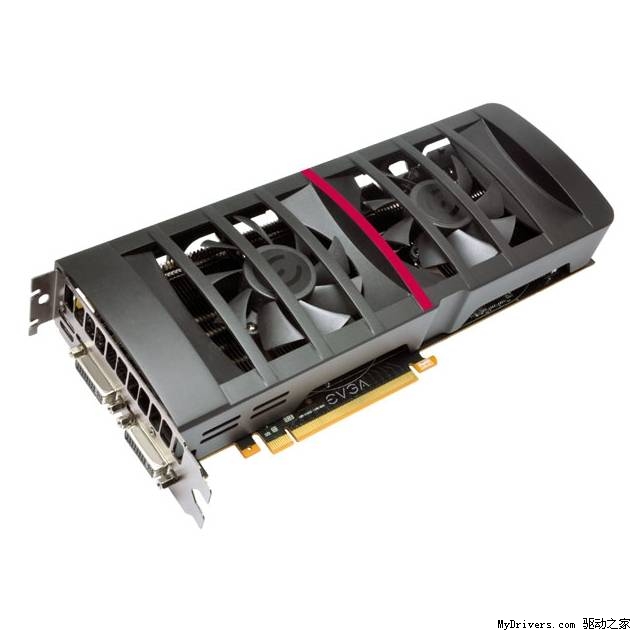After the introduction of the first models with 750, 850 and 1200 Watt ratings in October of this year, Enermax now continues to expand its Platimax series with five new PSU units that are also 80PLUS Platinum certified.
Enermax' Platimax series is now comprised from a total of seven models that are rated to provide between 500 and 1500 Watts of power, and all of these feature an advanced series of technologies meant to improve power delivery.
One of the most important innovations introduced in the Platimax series is the Copper-Bridge Array transmission technology which replaces conventional wires to provide up to 3% better power regulation.
Enermax states that this improvement enables its PSUs to deliver cleaner DC power and raises the system's stability.
The Platimax power supplies feature between three and six 12V rails rated at either 25A or 30A each, and their combined power output varies according to the model.
As it's usually the case with high-end power supply units, Enermax' Platimax series features a modular cable design and all the models come bundled together with a wide variety of PCI Express connectors (both 6 and 8-pin) as well as with various SATA and MOLEX plugs.
Outside of the 80PLUS Platinum certifications, which ensures that the PSUs are able to deliver at least 94% efficiency in any usage scenario, Platimax power supplies are also compatible with the ErP Lot 6 standard.
The rest of the PSU features include 105°C Japanese electrolytic capacitors, a 13.9cm Twister-bearing fan (900 to 2000 RPM working speed), as well as the CordGuard and HeatGuard technologies.
The last one was designed to keep the fan running after the system was shut off in order to allow for the PSU to cool down.
Enermax has also provided us with prices for the Platimax power supply series and these range from £159.90 ($248 US), for the entry-level 500W unit, up to £334.90 ($520.9 US) for the top of the line 1500W model.



 11/28/2011 11:27:00 PM
11/28/2011 11:27:00 PM
 dannzfay
dannzfay























